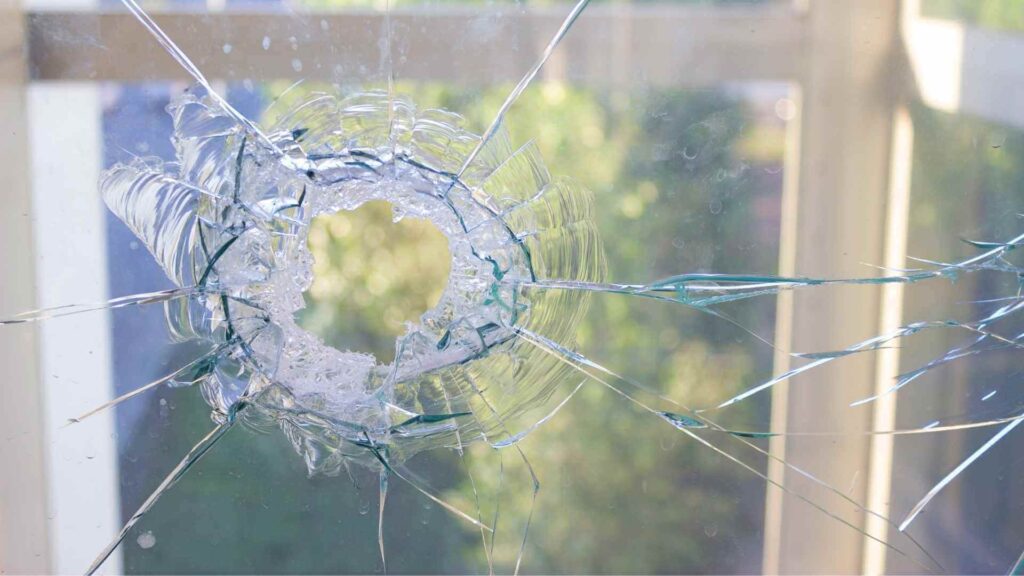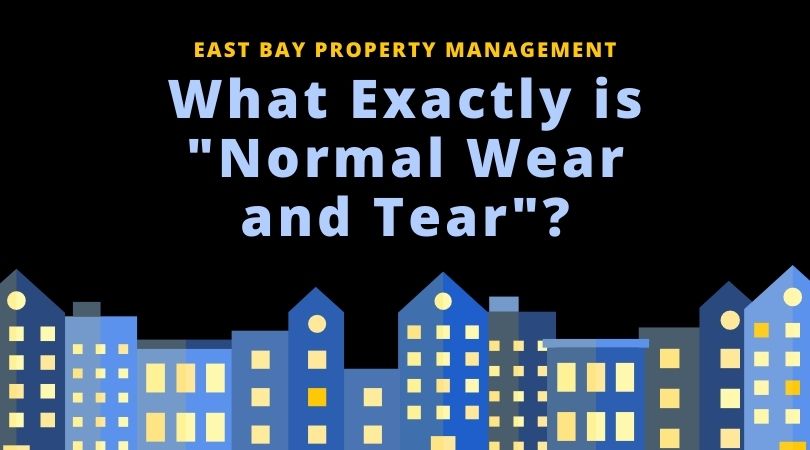As a landlord, you’re bound to come across the term “normal wear and tear” when dealing with your rental home. It generally refers to the decline in property value as time goes on. It’s not a direct outcome of negligence or abuse.
It’s important to learn the difference between what constitutes normal wear and tear and what constitutes property damage. That’s because when deducting from a tenant’s security deposit, you cannot deduct for normal wear and tear. You may only deduct for property damage.
In this article, we will explain the differences between normal wear and tear and property damage.
Keep on reading!
Defining Normal Wear and Tear
Normal wear and tear can be understood as the natural deterioration of your rental home and its furnishings and fixtures. As time passes, it’s normal that certain things begin to wear out.
The more renters you have and the longer you’ve been renting your home, the more you can expect to see the effect of normal wear and tear.
For instance, you can’t expect your living room couch to look brand new after 5 years of serving a number of tenants. There will always be a mark of usage reflected on your home.
Here are some examples of normal wear and tear:
- Peeling paint
- Fading wallpaper
- Sticky doors and windows
- Loose grout
- Dull floors
- Worn enamel on sinks
- Mild stained carpet
Defining Unexpected Property Damage
Damages that are outside normal wear and tear can be labeled as unexpected damages. These are damages that could have been avoided if careful attention was given to the rental space.
This type of property damage can be accidental, but it can also be as a result of tenant abuse or negligence.
Here are some examples of property damage:
- Excessive carpet burns
- Unapproved paint color
- Broken doors
- Chipped floors
- Chipped enamel in bathtub
- Unapproved wallpaper
- Holes in walls
- Broken windows

It’s important to point out that unexpected damage is not always caused by a tenant. Landlords can also be blamed for negligence. If a tenant has reported an issue, but the landlord failed to respond to their request, then it is the landlord’s fault.
Here are some examples of a landlord’s negligence:
- Lack of preventive maintenance
- Lake of immediate repair for leaking roofs and ceilings
- Faulty structural design of the rental
- Lack of maintenance on HVAC units
As a landlord, one of your major responsibilities is to ensure that your rental remains habitable and well maintained for the renters. It must be a safe place and compliant with building and health codes.
Effect of Property Damages on Security Deposits
So long as the damages are limited to normal wear and tear, tenants are safe from paying the costs of repair. However, if the renter is responsible for the property damages, then you can use the security deposit to cover for the repair fees.
Monitoring Rental Property Damage Through Documentation
An easy way for landlords to avoid tenant conflicts is to perform property walkthrough inspections prior to tenant move-in and move-out. A checklist is essential to make the task organized. This process can also allow a landlord to discuss the expected condition of the rental home with the tenant.
When doing the inspection, be sure to take photos and videos. This can be used as supporting evidence in assessing damages once the lease expires. It helps to understand which repair fees can be deducted from the tenant’s security deposit.
Thus, having a physical record can help pinpoint the financial responsibility of fixing the property damage.
What to Do When you Discover Property Damages?
If you discover property damage, you will be required to send a list of deductions as repair expenses to the tenants. This can explain the reason why the security deposit is only refunded partially or not at all.
In general, here’s what you should do:
- Document the issue through pictures and videos
- Make an itemized list on the costs of repair
- Compute each repair expense – remember this may be tax-deductible.
Preventing Property Damage by Extensive Tenant Screening
Aside from documenting through walkthrough inspections, landlords can avoid lawsuits, excessive property damage, and astronomical expenses by landing high-quality tenants. To accomplish this, landlords must practice a meticulous tenant screening procedure. This filters out problem tenants who are prone to violent or negligent behavior.
Review a prospect’s rental background thoroughly, check eviction records and contact previous landlords. It’s better to have a good idea of the type of renter you’ll be welcoming in your rental home.

Maintaining the Rental Property
As a landlord, you’re in charge of property maintenance. You can prevent major property damage by practicing constant preventive maintenance.
If you fail to upkeep the rental unit, then it’s unfair to deduct from a tenant’s security deposit.
For instance, if a roof leak is left undetected, and it results in water damage during heavy rains, then the damage is caused by your negligence. Thus, in this case, you should pay for the repair costs.
Bottom Line
As a landlord, understanding “normal wear and team” vs “property damage” is crucial.
If you want to be fair when dealing with the security deposit, and if you want to avoid legal disputes, then you should learn to differentiate severe property damage from normal wear and tear!
We hope this article was helpful!
For more information or help, please contact East Bay Property Management and Consulting.






